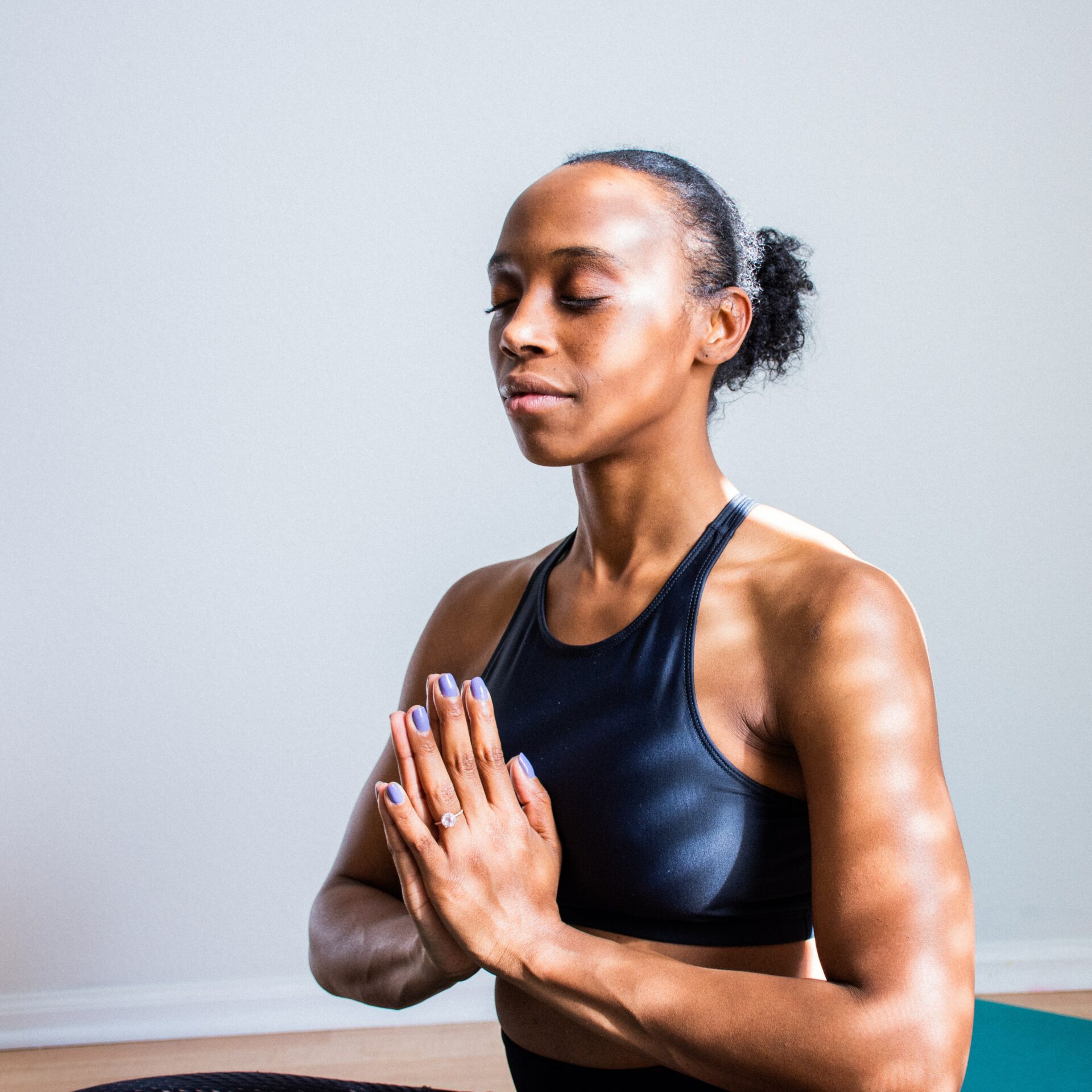
NourishDoc doesn’t provide medical advice, diagnosis, treatment, or prescriptions. Read our terms of use, privacy & medical disclaimer for more info
A 52 years old female who was diagnosed with Rheumatoid Polyarthritis 6 years ago and taking corticosteroids since 3 years came to Chakrapani Ayurveda Clinic & Research Center in March 2018. She presented with the following symptoms – joint pains and swelling especially in wrist, fingers and ankles, body ache, fatigue. She underwent 21 days of Panchakarma therapy at our center. Panchakarma mainly Virechana and Basti were administered for her.The concept of autoimmunity is well-explained under the concept of Ama, an intermediate product generated due to the deranged metabolism of digestive fire triggering a chronic inflammatory process in the body. Virechana and Basti are effective in the management of Amavata (Rheumatoid arthritis).Introduction: Rheumatoid Arthritis is found in people of all ages, more commonly in females than males. If timely treatment is not administered, many become severely disabled with significant disability. Amavata is described as a difficult to cure (Krichhrasadhya) disease in Ayurveda. Pain in joints with swelling and stiffness is a cardinal feature of this disease. Clinically, it is very much close to rheumatoid arthritis described in modern medical science, which is a chronic inflammatory autoimmune disease involving multiple joints of the body. In modern medicine, the treatment of the disease includes steroids and immunomodulator drugs together with non steroidal anti-inflammatory drugs (NSAIDs). Long-term use of these drugs has many adverse effects on the other systems of the body. But the use of Ayurvedic herbs can be beneficial to these patients. Ayurveda prevents the progression of Rheumatoid arthritis. Further, Ayurvedic herbs are free from the serious adverse effects as compared to the modern conventional therapy, provided it is given in proper dose and regimen. If proper diagnosis is done and suitable Ayurveda treatments are started at the early stage, it will bring good results thereby checking the disease manifestation. In this newsletter we will see the Ayurvedic interpretation of Rheumatoid Arthritis and analysis of a case at Chakrapani Ayurveda Center.
First of all Deepana – Pachana (Digestive herbs) was initiated with a combination of Avipathikar and Trikatu powder thrice a day with warm water for 3 days. After that Snehana (administration of medicated fats) was started with an initial dose of 40 ml of cow’s ghee everyday following Abhyanga with Kottamchukkadi oil (Therapeutic massage) and Swedana (Sudation). Snehana (administration of fats) will help in resolution of toxin material into fat, which is bound to membrane protein. Swedana (Sudation) causes changes in cell permeability leading to expulsion of toxin material to outside the cell, which are membrane bound. Thus Snehana and Swedana liquefy the toxins and facilitate the movement of Doshas and toxins to the gastrointestinal tract from which it can be eliminated by Panchakarma. The amount of ghee was increased by 30 ml daily upto 130 ml on 4th day as per the protocol of Snehana. On the 5th day, following Abhyanga and Swedana, Virechana karma was done by administration of Eranda oil 100 ml, Icchabedi 6 tablets, Sukhavirechani 3 tablets and Decoction of Triphala, Panchasakar and Parasika yavani. About 3 hours later, Virechana vega (passing of stools) started and was observed till evening. For upto 5 days, Samsarjana Krama (Post Panchakarma diet) was administered by prescribing preparation of lentils cooked in water, etc. On the 5th day, normal diet resumed.
Mode of action of Virechana & Basti
Due to the property of herbs administered in Virechana, they quickly reach upto the cellular level where the nexus of toxins with tissue exists and breaks the complicated nexus and softens the bonds of the toxins. Thereafter the bonds of toxins are broken down into smaller and relatively less harmful molecules, which can be removed out of the cell. Thus released toxins are brought to the intestine in case of Virechana and to the colon in case of Basti.
Virechana drugs are given in the empty stomach so that it passes to the duodenum immediately. Virechana drugs cause irritation of intestinal mucosa, leading to excessive secretion from intestinal mucosa and vasodilatation. Toxins now present in gut lumen are expelled along with fluid and electrolyte through the anal route.
Basti from the colon spreads all over the body in the same manner as water poured at roots of the tree reaches up to the leaves. At the same time it also draws morbid Dosha to the colon wherever they are situated in the body from head to toe. Thus Basti has 2 main actions – facilitation of the absorption of the medicinal content of Basti into the general circulation and facilitation of excretion of the morbid Dosha into the colon. The water-soluble contents of Basti solution are readily absorbed into the systemic circulation from the inner membrane of the intestine. Also as Basti need not to cross stomach and duodenum before getting absorbed, it bypasses the digestion process, thus medicinal properties of Basti ate not altered due to digestion process. Basti also improves helpful intestinal bacterial flora.
Observations after Panchakarma
The patient was almost free from all signs and symptoms after Panchakarma therapy. There was better relief in her pain, joint swelling & stiffness and restricted movements at a significant level.
Post Panchakarma Herbs
1. Sunthi guggulu
2. Dashmool ghan vati
3. Shallaki capsule
4. Mansyadi ghan vati
5. Herbal compound powder consisting of Guduchi, Ashwagandha, Pippalimool, Chaturbija, Godanti, Gokshur, Ghrita Haridra
6. Kottamchukkadi oil for external application
The above herbs were given for 3 months, after which she is called for review. Since Rheumatoid Polyarthritis is an autoimmune disorder, permanent cure is not possible due to remissive nature, but Panchakarma and internal herbal supplements will definitely improve the quality of her life.
See: ,

NourishDoc doesn’t provide medical advice, diagnosis, treatment, or prescriptions. Read our terms of use, privacy & medical disclaimer for more info

This website uses cookies so that we can provide you with the best user experience possible. Cookie information is stored in your browser and performs functions such as recognising you when you return to our website and helping our team to understand which sections of the website you find most interesting and useful.
Strictly Necessary Cookie should be enabled at all times so that we can save your preferences for cookie settings.
If you disable this cookie, we will not be able to save your preferences. This means that every time you visit this website you will need to enable or disable cookies again.